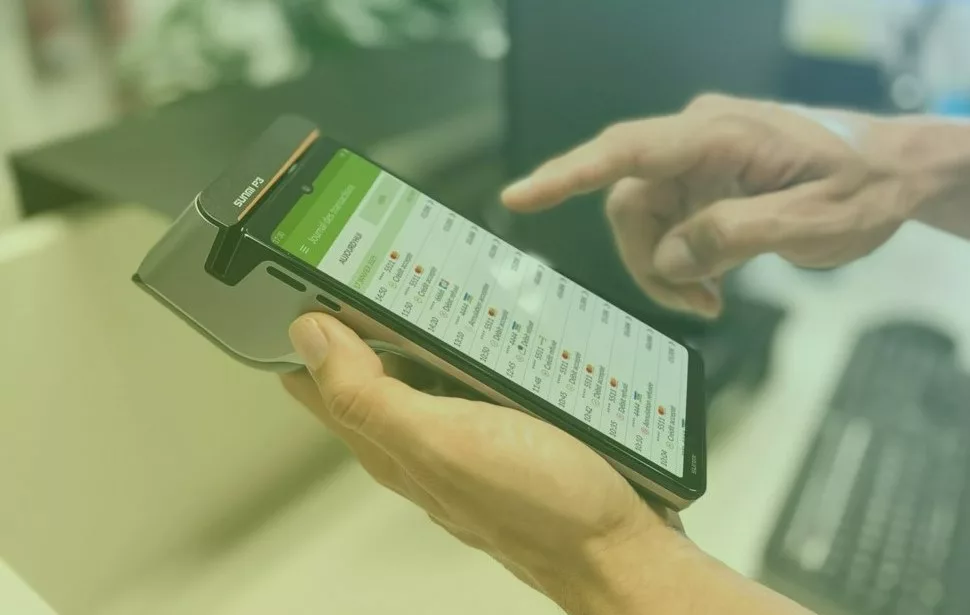While multi-channel focuses on all payment channels, omnichannel focuses on the channel; the payment option chosen by the customer, and the means of payment. Multiple channels can be unified into a single gateway to improve the customer experience, as it is a catalyst for transformation, having a direct impact on all parts of the business. Now, any electronic or physical business can choose the most appropriate option to manage all payment channels, but is multichannel an option only available to large companies? Let’s find out.
Omnichannel and multichannel payment methods
Omnichannel payments are the result of the evolution of multichannel. While it involves communication and payments with consumers through multiple channels, omnichannel establishes a single unified path to establishing customer relationships. In the case of e-commerce, there are more than 100 alternative payment methods available. Here you can find some of them:
– MOTO: It allows processing without any special development or integration. It is a flexible system that allows the collection of order information through forms or phone calls.
– PCI IVR: The automation of payments through the implementation of an IVR to accept interactive voice response operations.
– Virtual POS (SOFT MPOS): It allows businesses to accept payments anytime, anywhere via mobile phone or POS and it is an alternative chosen by many electronic businesses to speed up their collections. You can offer your customers the convenience of paying you wherever you are.
Would you like to offer these multichannel payments on your eCommerce site? You won’t even need to implement them separately. With some payment gateways, it is possible to integrate all of them into a single platform.
Advantages of using multi-channel payments in your online store
The more digital, the more demanding. And this applies to businesses and consumers alike. That’s why it’s important to respond successfully to market needs. If you’re an eCommerce and want to offer a unified experience, it’s important to have your customers’ favourite payment methods.
- It increases the chance of attracting leads.
- Access to a greater number of users.
- Pricing policies can be set.
- It improves your corporate identity.
- It differentiates you from the competition.
- Greater speed and security in payment methods.
- More options for customers.
- It boosts sales and optimises payment processes.
Are you looking for the perfect formula to increase your sales? Do you want to adapt your business to the technological needs of your customers?
Can new channels be built from an omnichannel?
The answer is yes because technology has changed the way we relate, work and consume. However, for an increasingly digitised consumer, the sales process is becoming more and more important. When they make a purchase at your business, they verify that they can pay with the method they usually use, which increases their level of confidence and satisfaction.
Multi-channel has led to omnichannel payments. That is, the integration of payment methods into a single centralised platform or gateway, from which not only are all payments managed but also transactions and customer behaviour are monitored.
Multichannel user experience
The consolidation of e-commerce has led the industry to consider new multi-channel payments. Spain is one of the countries where the internet is most widely used to search for products, but many of us still resist finishing an online purchase. However, the number of transactions in e-commerce is increasing year after year.
Technology improves the customer experience and helps to build customer loyalty, although a multichannel experience is increasingly important. We are not only talking about multichannel communication (CRM, email, chatbot, social networks, webpage interaction, SMS, WhatsApp), but also about payments (PCI IVR, MOTO, Physical and Virtual POS, facial recognition, pay-by-link, QR payments, etc.).
Thanks to this multichannel approach, users have many options to make their purchases in the most secure way, which provides greater security and satisfaction in the purchasing process. However, it is not enough to have multichannel payments, they must take care of the unified user experience, be fast and friendly, show a unified login or way of identifying a common interface, avoid confusing prices and unexpected steps, offer several payment alternatives, etc.
If your customers often encounter this type of barriers, your business is likely to have numerous shopping cart abandonments. It’s time to optimise your shopping flow and increase your conversion rate.
Key findings on multi-channel payments
Our conclusion is that multi-channel payments are not only available to big brands. In fact, thanks to payment gateways like PayXpert and the evolution of fintech, any e-commerce can have different payment methods.
Opening the doors of your business to new possibilities can give you the continuity you need in sales. Online stores are increasingly aware of the changes in rules and are considering how to implement multichannel strategies in response to meet the service demands of their customers.
We are no longer talking only about communication or payments, but also about the follow-up of your orders, the management of claims, the loading time of the website, the response time, the customer service in social networks, among many other things.
Multichannel payments should not only be understood as the coexistence of online and offline channels, but also as the availability of different payment methods or channels. In the multichannel model it is the customer who decides how to buy. Their incentive to buy and their loyalty are in your hands.




